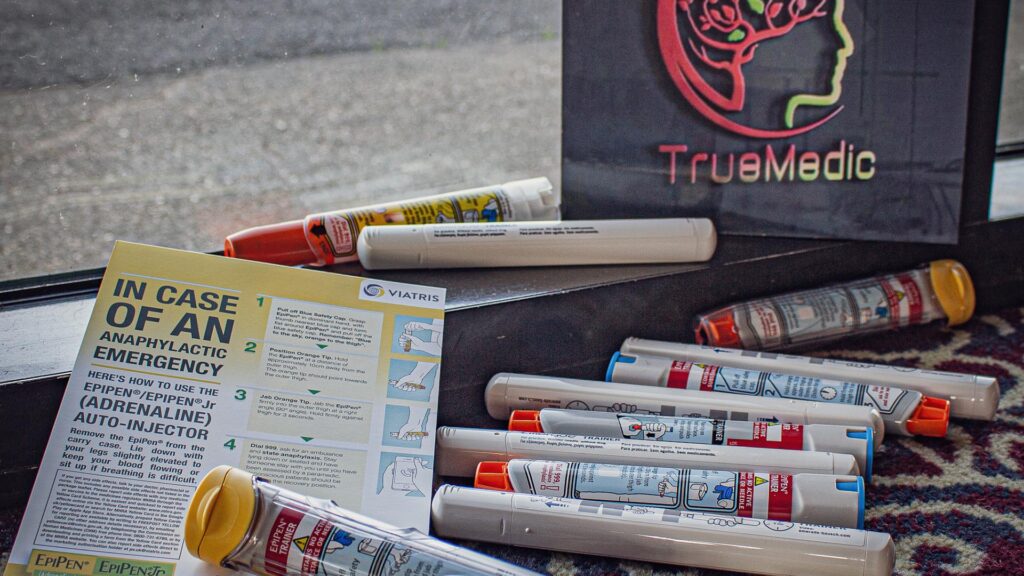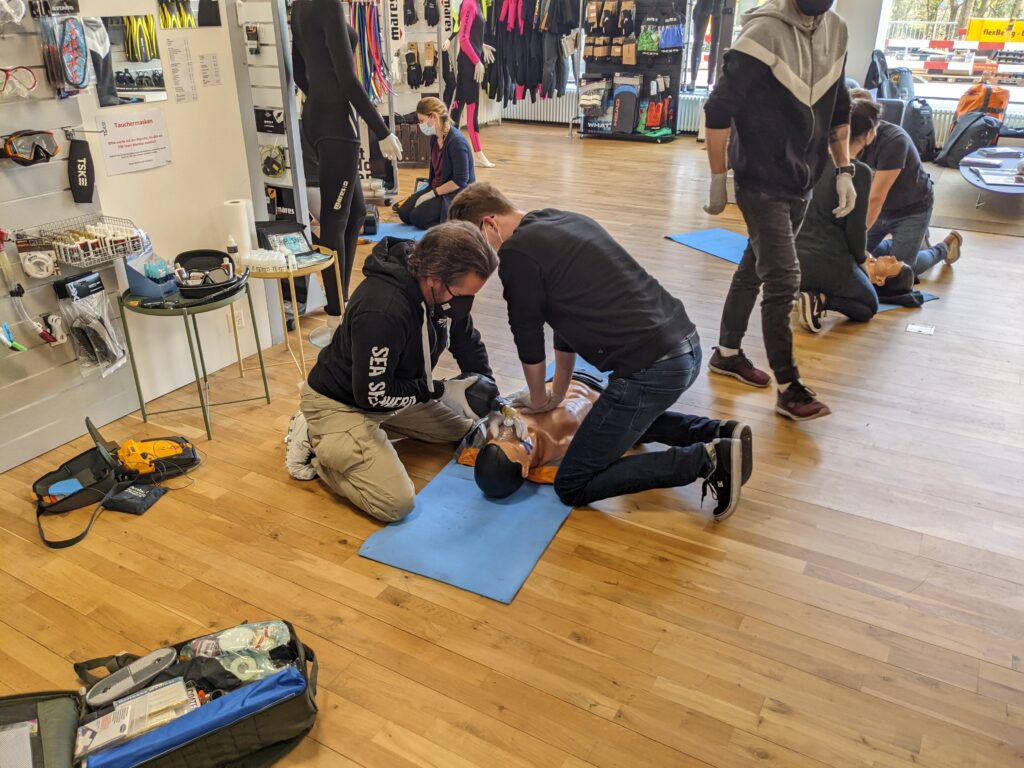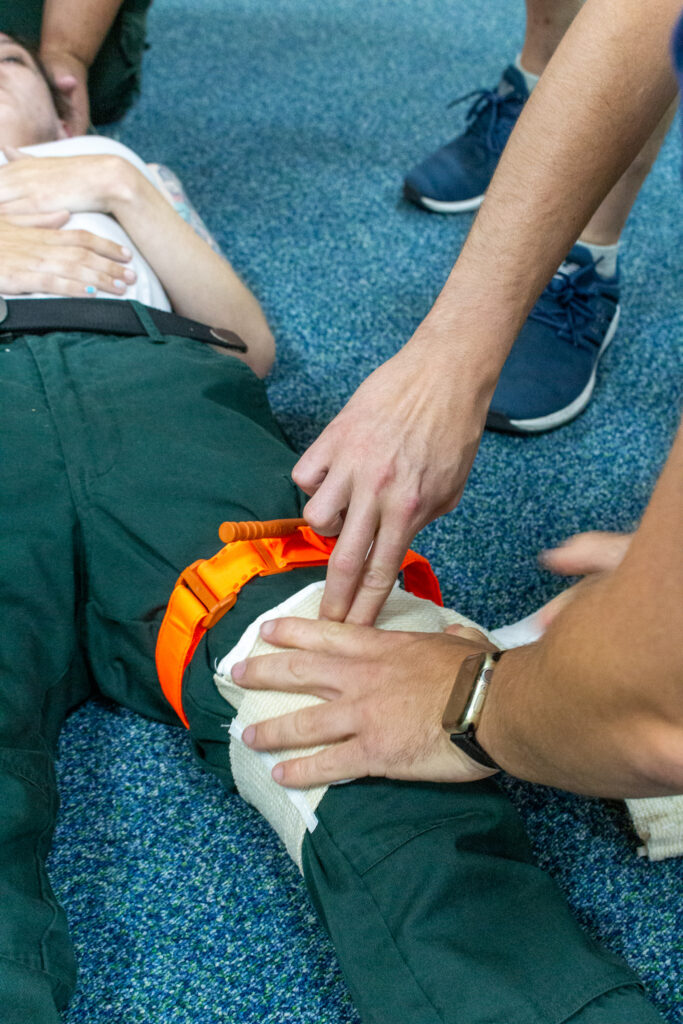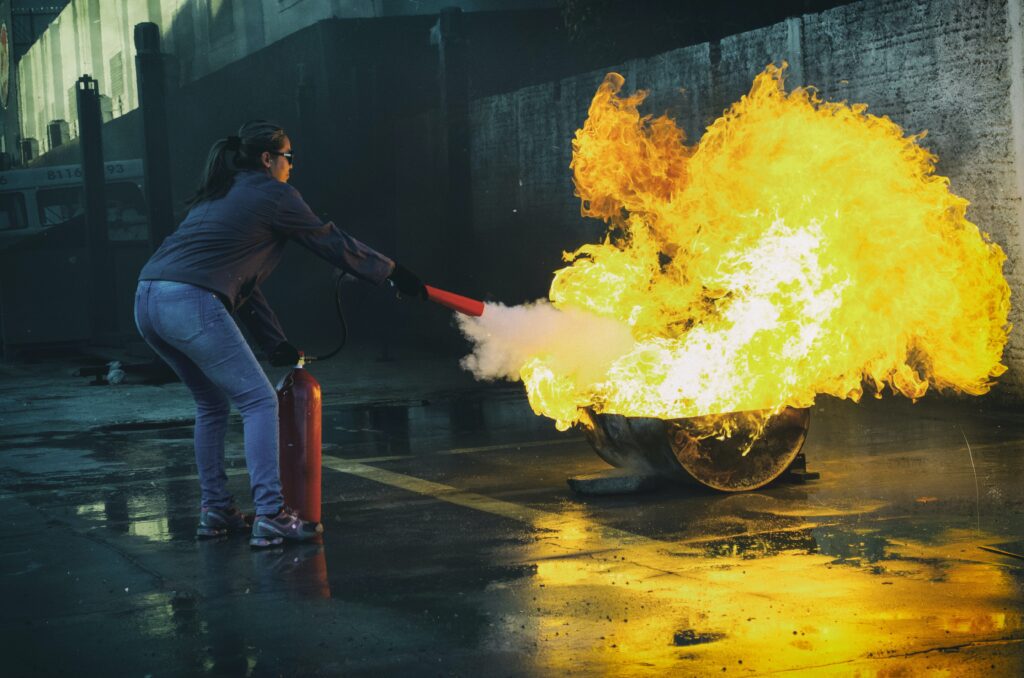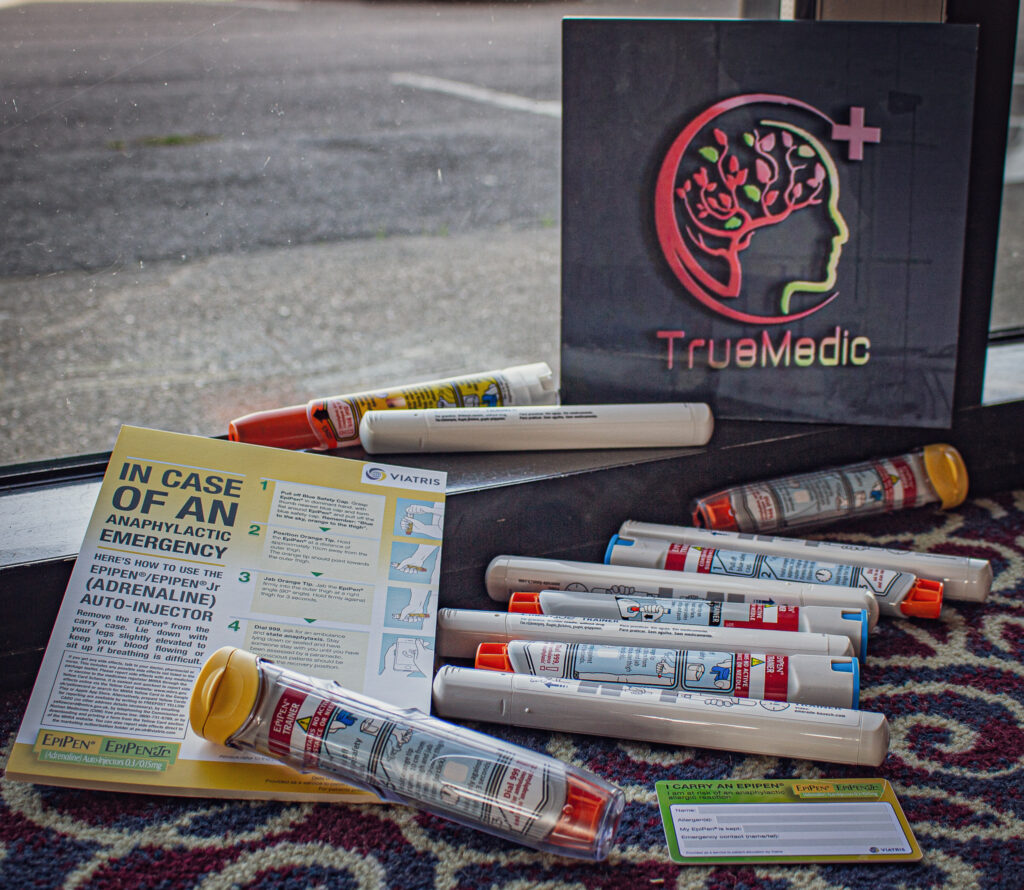A first aid kit is every home and business’s gateway to survival during minor medical crises. Any workplace must be legally compliant with UK regulations when assembling a first aid kit.
We all know the basics: Band-Aids, antiseptic, painkillers, and cotton wool, but what about those sneaky little items that we often forget?
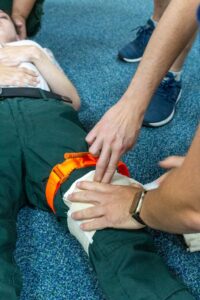
In the UK, there are certain legal requirements for first aid kits; it is important to keep these in mind and have them stocked up in one neat bundle, just waiting to spring into action.
With the right items, you can be prepared for whatever life throws at you, bringing a sense of assurance and safety to your home or organization. This article will explore the items that must be kept in a first-aid kit according to UK legislation. Let’s get started!
Items That Should Be Kept In A First Aid Kit
The Health and Safety Executive (HSE) is a UK body that prescribes the contents of a standard first aid kit. According to the HSE, businesses should use British Standard BS 8599 for further guidance on what a workplace first aid kit should contain. [1]
1. Conforming Bandage
Among the items that should be included in such a kit, a conforming bandage needs to get more recognition. It is incredibly useful in many situations.
This bandage holds its shape very well and fits snugly over curves and bumps on the body, making it perfect for supporting and cushioning different parts. Moreover, they are affordable, so having several of them in your first aid kit won’t break the bank.
2. Adhesive Plaster Strips
If a minor cut or burn occurs, readily available adhesive plaster strips are an absolute must. They are an essential item for any first aid kit and can help to provide extra protection from further injury.
Slapping some plasters onto the wound can bring comfort and satisfaction like you’re strutting around town with designer Band-Aids. Don’t worry about choosing the right adhesive strip; there’s one for every manner or wound! You won’t regret investing in these lifesavers for your first aid kit.
3. Sterile Dressing
Do you know what it means to have a sterile dressing? It’s essential for wound care. Sterile dressings are prepared in a way that helps reduce the risk of infection and contamination when used. Sterile dressings should be included in a first aid kit. [2]
4. Triangular Bandage
The triangular bandage is a versatile medical item used in various situations and can be used as a sling, an arm splint, or a makeshift tourniquet.
Any first aid kit worth its salt should include at least one. They are relatively affordable and come in a selection of sizes, so if you’re ever in a pinch, you’ll be able to find the perfect solution for any situation.
5. Eye Pad
Never assume that eye injuries won’t happen, as it’s always possible, and having an eye pad ready in your first aid kit can prove invaluable. Though it’s not among the most glamorous items in your kit, the comfort a single-use protective eye pad gives can put a mind at ease in a pinch.
Eye pads are absorbent but relatively thin, perfect for nestling into your kit’s various nooks and crannies. So, take our advice: keep your first aid updated with every item covered, including the often-overlooked but equally important eye pad.
6. Resuscitation Face Shield
This essential item should also be kept in the first aid kit. It protects the rescuer from contact with an unconscious person’s mouth, nose or eyes while providing rescue breaths and chest compressions.
7. Foil Blanket
People often forget to include a foil blanket in their first aid kit. Foil blankets are small, lightweight, and great for providing warmth to those suffering from hypothermia or shock. It does not take up much space and procures a lot of benefits.
8. Bum Dressing
A bum dressing in your first aid kit is perhaps one of the most important yet underrated items. After all, a bum dressing can help soothe any discomfort from minor scrapes and cuts. The dressing’s absorbing capacities also allow it to act as a makeshift bandage.
It protects your skin and aids the body’s natural healing process. And even if you never use it to treat an injury, it certainly won’t hurt having the reassurance in your first aid kit. [3]
9. Clothing Cutters
Every adventurer’s go-to tool should be clothing cutters! These lifesavers can quickly cut through clothing or straps in an emergency. Clothing cutters are the perfect item to keep in your first aid kit, as they could be the difference between life and death.
10. Disposable Glove
In case of severe bleeding, first aid providers should always wear gloves to protect themselves from any potential contamination.
A pair of disposable gloves should be kept in the emergency first aid kit. Wearing latex gloves may be too much for some people, so it’s best to have both latex and non-latex gloves available.
11. A Leaflet With General Guidance
According to British safety standards, every first aid kit should include a simple leaflet or pamphlet with general guidance on properly administering first aid.
Not only does this give people the confidence to step in if needed, but it also means that if someone is providing help when they’re unsure, they can easily access information on what to do quickly and safely.
If something goes wrong, having explicit written instruction can be a lifesaver. A good guideline leaflet should cover common minor injuries and tips on assisting in more severe cases; better to be safe than sorry.
Some Other Items to Keep in a First Aid KIT
Including other items such as antiseptic wipes, adhesive tape, a thermometer, and safety pins in your first aid kit is also helpful. Although these are often overlooked or forgotten, they can be incredibly useful when least expect them.
A well-stocked first aid kit is one of the most important investments you can make for your safety and well-being.
FAQs
1. How to store a First Aid Kit?
A first aid kit should be stored in a dry, secure place that is easily accessible. It should be clearly labelled and locked away from children if necessary. Ideally, it should be close to the main workplace or where most accidents happen.
2. Can I buy a ready-made First Aid Kit?
Yes, there are many ready-made first-aid kits available to purchase. It is important to check the kit’s contents and ensure that it meets UK legal requirements before buying one. You can also create your first aid kit by purchasing individual items and putting them together in a box or bag.
3. Why do I need a First Aid Kit?
A first aid kit is essential in any workplace or home environment as it contains the necessary items to treat minor injuries. A first aid kit nearby can save time and help reduce further injury or discomfort for those affected. Having one in public places, such as schools and venues, is also important.
References:
[1]https://www.hse.gov.uk/simple-health-safety/firstaid/what-to-put-in-your-first-aid-kit.htm
[2]https://www.trainingexpress.org.uk/essential-first-aid-kit-at-workplace-you-need-to-know/
[3]https://www.safetyfirstaid.co.uk/british-standard-first-aid-kit-contents/

